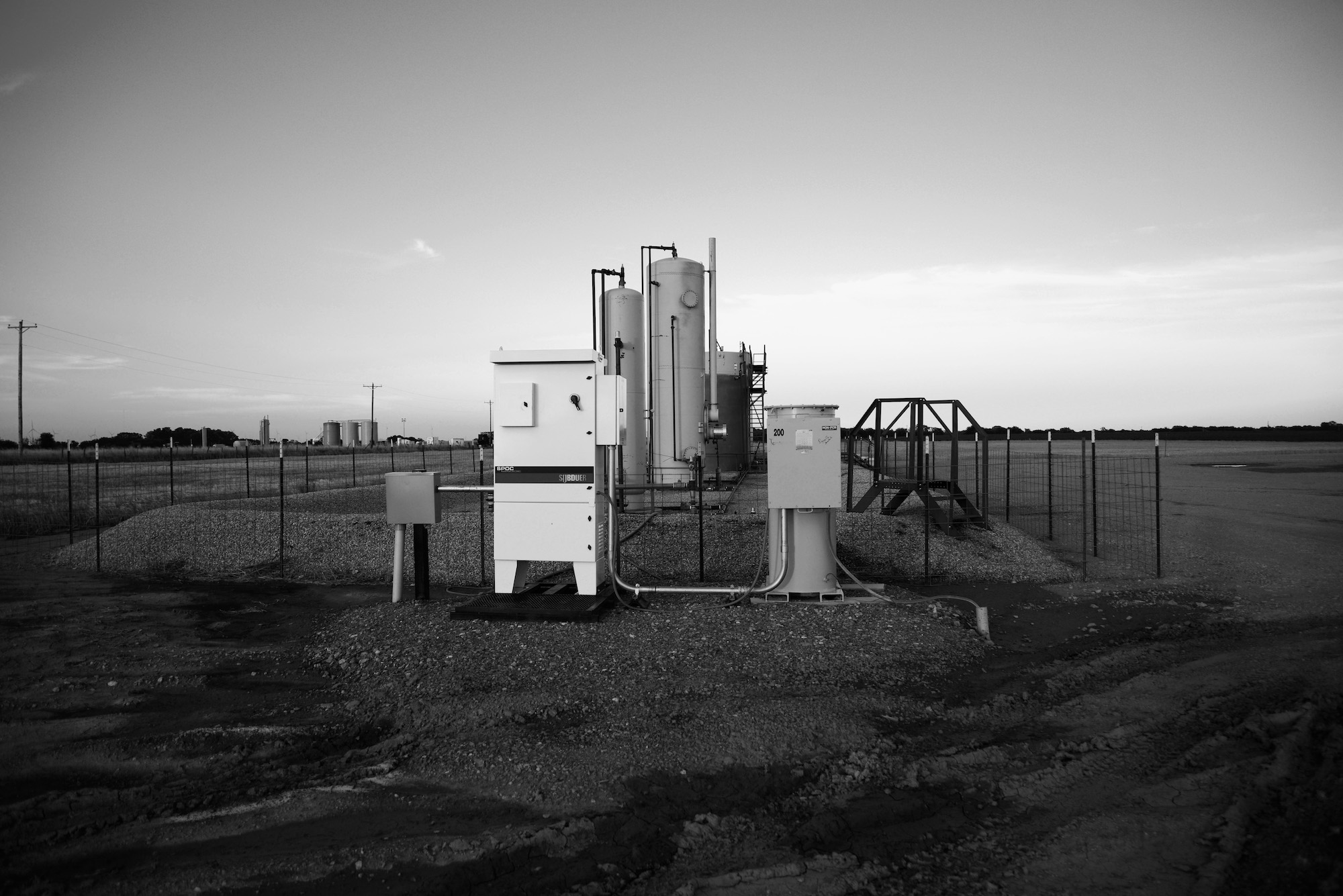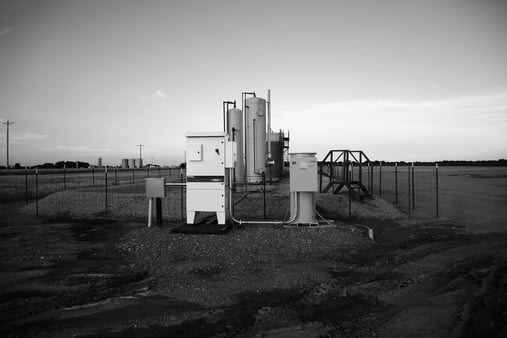
November 04, 2015 | SPOC Automation

Electric Submersible pumps (ESPs) are gaining in popularity in resource plays for their ability to lift high volumes of liquids at a variety of depths. By combining these pumps with a variable frequency drive (VFD), operators can gain significant benefit.
#1: Energy Savings
Variable frequency drives (VFDs) constantly adjust pump speed to match operating conditions. By doing so, they only draw the energy required, rather than drawing the full rated amperage.
Without a drive, ESPs can only be controlled from the surface through choking or cycling. Neither option is good, as they waste energy and cause unnecessary wear.
Production flow rates vary over time and between wells. VFDs ensure that the ESP operates at the right speed to maximize production and energy savings.
#2: Increased Production
VFDs contribute to increased production by matching pump speed to reservoir conditions. With a VFD, pump speed is not too fast, not too slow but just right.
VFDs maintain even production, avoiding costly pump off. They deliver a high power factor, enabling equipment to run smoothly and efficiently.
VFDs reduce the need to downsize a pump over time, taking the well out of service. They avoid undue stress, extending equipment life and time in service. All these characteristics help ensure maximum production performance.
#3: Higher Power Quality
Power quality can be unreliable when it arrives at the pump system. Various non-linear devices upstream and downstream add noise and harmonics. By using an active front end, the VFD can effectively reduce or eliminate the harmonics. This brings the pump system into code compliance with IEEE 519 as well as increasing the power factor to near unity.
High power quality results in higher efficiency, both in terms of energy savings and equipment use. Pumping equipment is not subjected to excessive strain and heating often associated with harmonics.
#4: Broader Application Range
As a general rule, it is better to over-size than under-size the ESP. If the pump is under-size, production will suffer. If the pump is over-size and there is no drive, there will be frequent pump off or cycling.
With a VFD, the ESP effectively has a greater operating range. The drive continuously adjusts pump speed to match reservoir conditions.
#5: Reduced Starting Stresses
On startup, the VFD gradually brings up power, easing the pump into service. There is no sudden surge of electricity that can stress the motor and pump. This easing up is very energy efficient, reducing costs and heat.
#6: Reduced Water Hammer
Sudden changes in fluid throughput can cause damaging water hammer. With a drive, there are no sudden changes. If the pump is over-working the reservoir, the drive will back it off. If it is under-producing, the drive will ramp up speed. Either way, the fluid throughput changes gradually to avoid problems associated with water hammer.
#7: Pump Off Control
Pump off or cycling is a common practice when the pump is over-producing. The pump shuts down for a preset period and then starts up again.
There are several problems associated with this practice. First, of course, is that there is no production during pump off. At best that means production is inconsistent. At worst it means there is lost production. Either way, it is not a good thing.
Second, if an ESP is stopped because the well pumped off, it is more likely that sand will cause the pump to be hard to restart, possibly sticking it completely. ESPs and sand do not mix well. The result could be premature pump failure.
Third, startup can be harsh on equipment. It is best to keep equipment running within limits rather than frequently start and stop.
Fourth, the preset startup time may not be appropriate. If the pump starts up too early, it may need to be shutdown again in quick order. If it starts up too late, the stresses may be high and production is lost.
VFDs enable operators to keep the pump in action. As the production flow slows, the drive slows the pump. By matching reservoir conditions the drive can keep the pump in operation. If pump off is required, the drive will handle the controlled shut down and eventual startup.
#8: Heat Control
As temperatures rise above thermal limits bad things happen. The dielectric life can be dramatically shortened. Drives help control rising internal temperatures that can result from frequent startups and over-production conditions.
#9: Remote Monitoring
It is increasingly important that operators be able to monitor individual wells and entire fields from remote locations. VFDs are equipped with SCADA technology that allows the secure transmission of drive and other field data. Pumpers and field technicians can be constantly updated on the status of each well and can make changes using the SCADA interface from their laptop, tablet or phone.
The combination of an ESP and a VFD enables operators to maximize production performance and economics in resource plays. Together they ensure a constant load, minimal maintenance and energy efficiency.